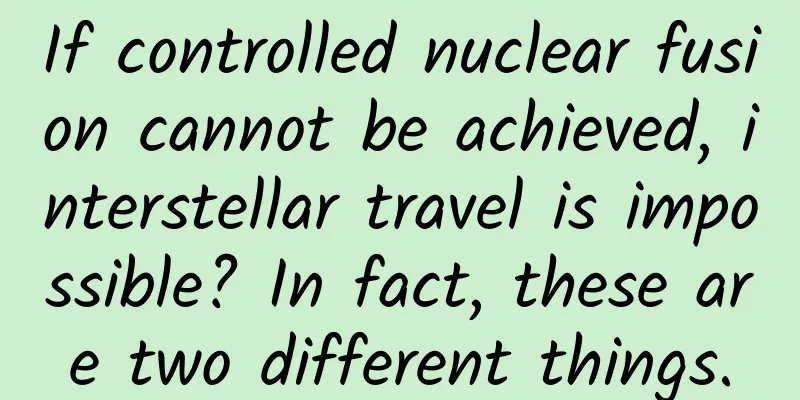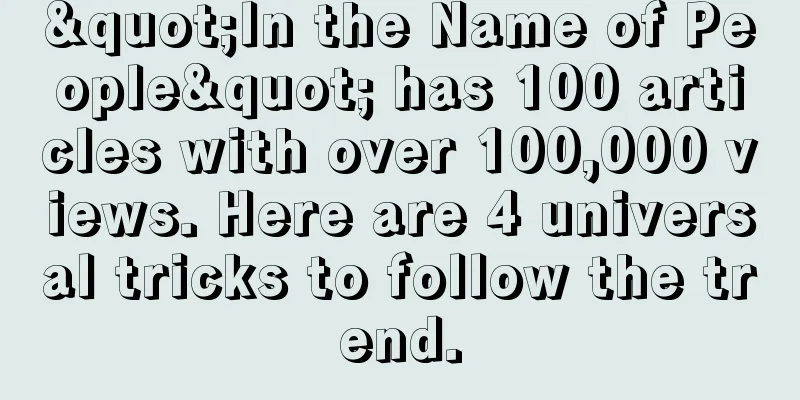When exploring an extraterrestrial planet, does the probe fly in a straight line? Learn more about the Hohmann transfer orbit

|
In "Elements" written by the ancient Greek mathematician Euclid, there is an axiom: the line segment between two points is the shortest. "Elements of Geometry" is the foundation of modern mathematics, and "the shortest distance between two points is a line segment" is a view that everyone agrees on. So when humans send probes to other planets, do they also follow this axiom? Does the probe fly in a straight line? In the vast universe, the distance between celestial bodies is very far. The closest planet to the earth in the solar system is Venus, which is about 40.5 million kilometers away from the earth. Obviously, this is the straight-line distance. The straight-line distance is already so far, if it takes a long detour, when will the probe reach its destination? So it seems that the probe should indeed fly in a straight line, but in fact it is not the case. Currently, all spacecraft launched by humans still use chemical power, so when exploring distant targets, the most important thing to consider is not the distance, but how to save energy. Any object with mass has gravity, but the mass of the objects we touch on a daily basis is too small to feel it. However, if the mass of an object is as large as that of a cosmic body, the gravitational effect is very obvious, such as the earth. Therefore, the process of launching a probe is actually a process of fighting against gravity. In order to achieve balance with the earth's gravity and allow the spacecraft to orbit the earth without falling, the speed must reach 7.9 kilometers per second, which is also what we often call the first cosmic speed. In order to completely get rid of the earth's gravitational constraints and allow the spacecraft to explore other planets, it is necessary to achieve the second cosmic speed, which is 11.2 kilometers per second. Now let us think about a question. If the speed of a spacecraft exceeds the first cosmic velocity but does not reach the second cosmic velocity, how will it move? It will still orbit the Earth, but its orbit is no longer a circle, but an ellipse. This elliptical orbit has a distinct perigee and apogee, and the faster the spacecraft is, the more elliptical the orbit is, that is, the greater the distance between the perigee and the apogee. The increase in the speed of the spacecraft will make the orbit tend from a circle to an ellipse. Keep this in mind, and then we will continue with the following content. The Earth orbits the Sun, and outside the Earth, Mars also orbits the Sun. In comparison, the Earth's orbit is a small circle, and the orbit of Mars is a large circle. How can a probe be moved from the Earth’s small circular orbit to the Mars’ large circular orbit? The simplest and most brutal method is to fly straight to Mars when it is closest to the Earth. However, this requires considerable effort, as it means that we must completely break free from the Earth's gravitational pull and reach the second cosmic velocity. Is there any way to save effort? Yes, that is to use the Hohmann transfer orbit. The Hohmann transfer orbit was first proposed by German engineer Hohmann in 1925. At that time, humans did not have the ability to fly into space. Today, nearly 100 years later, the space probes we launch are still using this theory. So what exactly is the Hohmann transfer orbit? Suppose we have a spacecraft moving around the Earth in orbit. What will happen if we accelerate the spacecraft? Its orbit will change from a circle to an ellipse. We know that the faster the spacecraft is, the more elliptical its orbit will be, and the farther its apogee will be from the Earth. When the ellipse is elliptical enough, its apogee will be tangent to the orbit of Mars. However, this does not mean that the spacecraft will go to the orbit of Mars. If we ignore it, it will still come back after reaching the apogee tangent to the orbit of Mars. How can we keep it in the orbit of Mars? It is to accelerate it again when it is tangent to the orbit of Mars, so that it can run over and orbit Mars. Of course, all this has a prerequisite, that is, when the orbit of the spacecraft is tangent to the orbit of Mars, Mars happens to be in the same position. In fact, it is not difficult to ensure that Mars moves to exactly the same position. It can be determined through simple calculations. The Earth's orbital period is 365 days, while Mars's is 687 days, so it can be calculated that such an orbital transfer opportunity can occur once every 780 days. Now you understand why the launch time of each country is relatively concentrated, because once the launch opportunity is missed, it will take more than two years to have another chance to launch. Originally, it took a lot of energy to push the spacecraft to the second cosmic speed to go to Mars. Now, it only needs to use this elliptical Hohmann transfer orbit to accelerate twice to get the probe to Mars, which really saves a lot of effort. For more information, please follow the official account: sunmonarch |
Recommend
Two contradictory viewpoints in the same research field won the Nobel Prize in Physiology at the same time
The Nobel Prize ceremony in 1906 was a lively and...
How to master word-of-mouth marketing? Do these things well!
Word of mouth, one of the oldest forms of communi...
iPad mini 4 processor and memory confirmed: really good!
The iPad mini 4 is the most low-key of the bunch ...
Will myopia get worse after adulthood? If you don't correct these points, you may develop severe myopia
Reviewer of this article: Xu Qibin, associate chi...
Why mosquitoes aren't going away? Here's some good news and some bad news
"Buzz, buzz, buzz..." One of the nightm...
SAIC got it right this time, promising to replace the car with a new one if it catches fire. The words are very heartwarming, now it depends on the execution.
What are you most worried about when buying a new...
How much is the price for being an agent of Shiyan Toy Mini Program? Shiyan Toys Mini Program Agent Price Inquiry
How much does it cost to be an agent of a toy min...
How were these three Han and Tang Dynasty sites in Beijing discovered? There are stories behind them...
How were these Han and Tang Dynasty sites discove...
32 Android Phones Battery Life Competition: Mate 7 Wins First Place
Battery life is a pain point that all smartphones...
Analysis of Himalaya's competitive products
Preface : From Himalaya , I have briefly analyzed...
Can wool coats be washed in a washing machine? How to wash them correctly?
When winter comes, I become lazy and just want to...
From King of Glory, I summarized the three major operating magic weapons of Tencent Games
Two things happened recently. First, more than ha...
Julien "Tengame" RSD video tutorial
Julien's "Tengame" tutorial introdu...
User operation conversion funnel model!
There are 8 links in the commercial conversion pa...
Father's Day: Your name is my biggest goal
After graduation, Wang Wei's son, Prince, inh...









